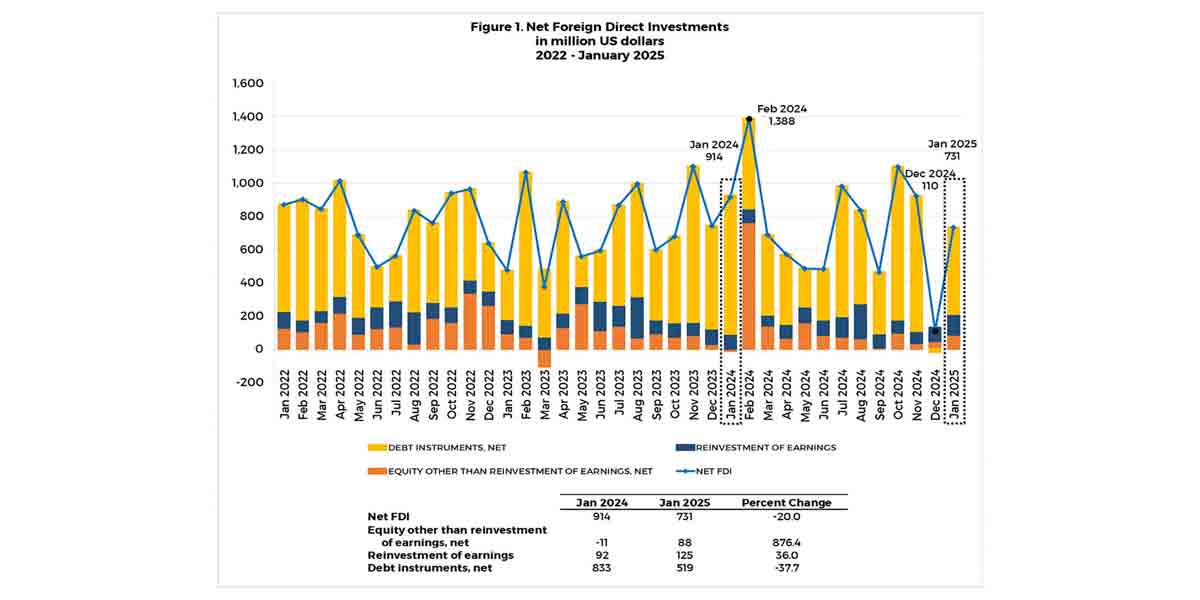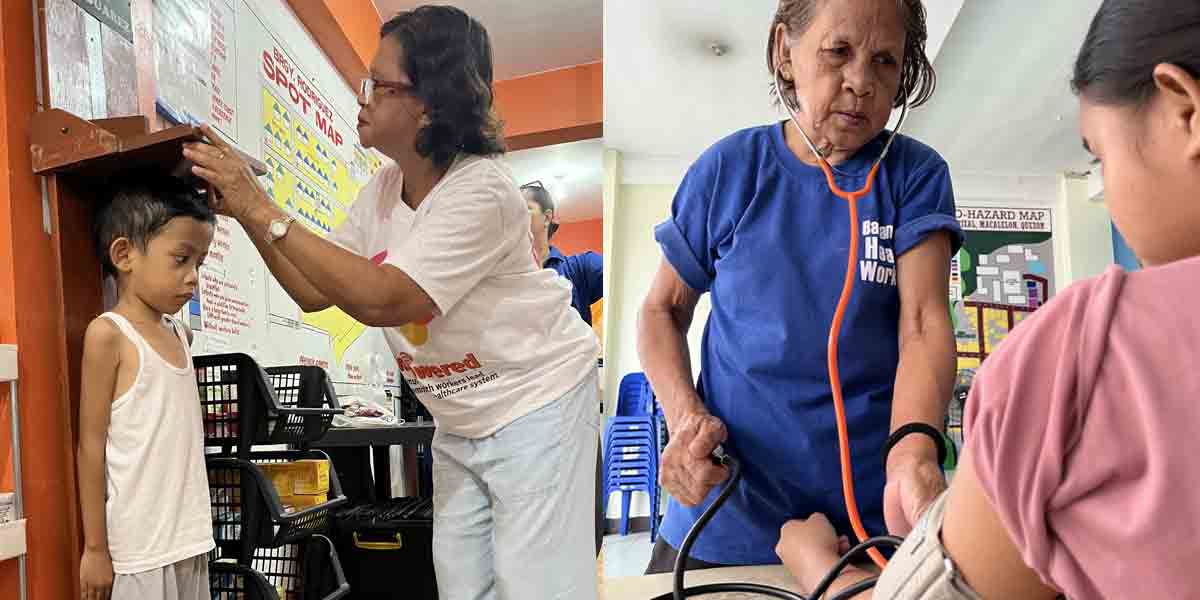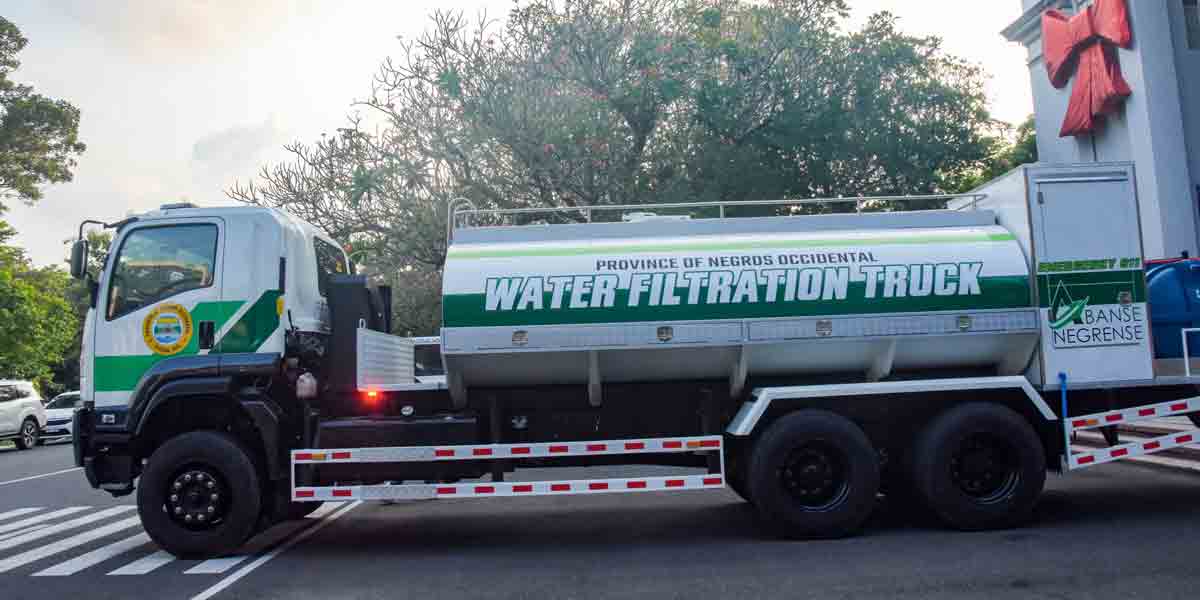By Herbert Vego
WHILE I was writing this, the TV newscast was warning about the entry of tropical storm Marce into the Philippine Area of Responsibility (PAR).
The weather forecaster said, “It will move north-westward to westward at a slow pace over the Philippine Sea east of extreme Northern Luzon.”
“Not again,” I muttered. There have already been nine typhoons, according to the Philippine Atmospheric Geophysical and Astronomical Services (PAGASA), that visited the Philippines this year, namely Dindo, Enteng, Ferdie, Gener, Helen. Igme, Julian, Kristine and Leon.
What comes to my mind now is Yolanda, which killed thousands of people in Leyte and Samar, and in lesser proportions in Iloilo, Aklan, Capiz and Antique 11 years ago on November 8, 2013.
The most recent typhoons in October this year, Kristine and Leon, could not be far behind in terms of the volume of heavy rainfall and deep floods that devastated the urban centers, rural villages and farms.
Every bad weather forecast depresses those of us who have incurred losses from previous typhoons.
Those with no immediate prospect of bouncing back because they have lost everything, including their only source of income, face a blank wall. They could be so desperate as to want to commit suicide.
There are “experts” who postulate that “climate change” is a latter-day man-made phenomenon.
But there was already a typhoon as bad as “Yolanda” in Leyte on October 12, 1897, according to an Australian newspaper dated January 12, 1898:
“It is estimated that 400 Europeans and 6,000 natives lost their lives, many being drowned by the rush of water, while others were killed by the violence of the wind. Several towns have been swept or blown away.
“The hurricane reached Leyte on October 12, 1897, striking Tacloban, the capital, with terrific force, reducing it to ruins in less than half an hour. The bodies of 120 Europeans have been recovered from the fallen buildings. Four hundred natives were buried in the ruins.”
The above information, as shared by GMA News Online (November 15, 2013) was documented by mail and dispatched on board a steamboat called Gaelic.
In those days, religious people called any natural disaster an “act of God” or punishment for our sins.
The expression still sticks, but no longer literally. Today, “act of God” is a euphemism for any environmental force uncontrollable by human intervention.
-oOo-
UNCLE TOM’S ‘SECRET’
WE had the good fortune of breaking bread with Thomas “Tom” Griffin, 84, at Hotel del Rio, Iloilo City. He is a full 10 years older than I.
Strong and ambulant at 84? Wow! He can walk unassisted but does it with a wooden cane, probably for self defense. He has not weakened since I last saw him in 2023.
It was another poignant encounter. Tom was an American Peace Corp Volunteer (PCV), one of my Science teachers in high school at the Antique National School in San Jose, Antique in 1965-66. Needless to say, some of us, his septuagenarian students, have passed away.
Originally from Atlanta, Georgia, he also served as a first lieutenant in the US Army and opted to retire here in Iloilo to help his young friend Rani Rodriguez set up the Advance Central College in San Jose, Antique 25 years ago. The school has prospered.
He requested me to refrain from sharing too much personal information about him, though.
Okay. What about his old-age secret?
He answered in two words: “No worries.”
-oOo-
AN ADVISORY ON ELECTRIC FANS
THERE is a way to use electric fans wisely, according to a Facebook page of MORE Power:
“Unlike air conditioners, fans don’t actually make the room colder. They just move the air around. So, putting one in the middle of a hot room won’t cool you down much.
“Open your windows and doors as much as possible. Then, turn your fan towards the open window or door. This will help bring in cooler air from outside.”




















